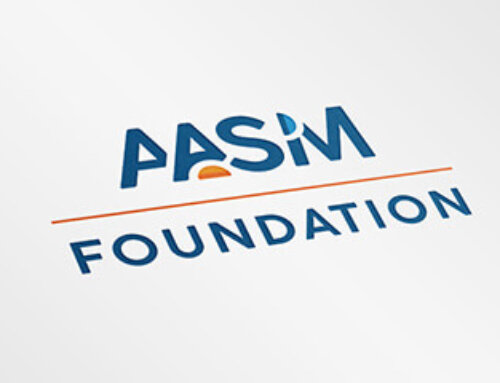WESTCHESTER, Ill. — Over the past decade, children have been going to bed later and sleeping less. This can be attributed, in part, to a lack of awareness in the community concerning sleep need in children and how the amount of sleep a child should get each night is dependent on one’s age. The Sleep-Slide Rule is found to be an effective classroom tool that improves children’s understanding of the relationship between age and sleep need, according to a research abstract that will be presented Monday at SLEEP 2007, the 21st Annual Meeting of the Associated Professional Sleep Societies (APSS).
The study, conducted by Kurt Lushington, PhD, of the University of South Australia, was based on a demonstration Sleep Slide-Rule unit manufactured for use in the classroom. It consisted of a top bar to indicate bedtime, a movable center rule with a key to indicate sleep need for the age bands three-to-five years, five-to-12 years, and 12-18 years, and a bottom bar displaying the appropriate wake-up time range according to age. The aid was used as part of a lesson plan on sleep in a group of nine-to-11-year-news.
Responses from teachers and children indicated that the Sleep Slide-Rule concept was instructive and functional. Examples of responses include the following:
- “You need between 10-11 hours of sleep.”
- “You need to change your bedtime if you are getting up early.”
- “We now know what ‘school night’ means.”
- “I need a lot more sleep than I normally get.”
- “I didn’t know you needed so much sleep.”
- “You don’t need as much sleep when you are older.”
- “Bedtime and going to sleep time are different.”
- “Sleep is really important to you as a human being.”
Dr. Lushington points out that better sleep not only equals better learning, but also better health.
“Children sleep less than they did 20 years ago and substantially less than 50 years ago. We know sleep is important for health and learning, but the importance of sleep and how to maintain healthy sleep habits has disappeared from our consciousness,” said Lushington. “We teach our children about diet, exercise, drugs and much else about health, but little about the importance of a health-related behavior that takes up one-third or more of our children’s lives, namely, sleep.”
Dr. Lushington notes that “doing” is a good way for children to learn, and that the Sleep Slide-Rule makes physical the inter-relationship between bedtime, sleep need and wake-up time.
“Children are great advocates for healthy living. If they are taught the importance of sleep, and the parents are included as well, they will make the changes for themselves.”
Experts recommend that children in pre-school sleep between 11-13 hours a night, and school-aged children between 10-11 hours of sleep a night.
Your child should follow these steps to get a good night’s sleep:
-
- Follow a consistent bedtime routine.
- Establish a relaxing setting at bedtime.
- Get a full night’s sleep every night.
- Avoid foods or drinks that contain caffeine, as well as any medicine that has a stimulant, prior to bedtime.
- Do not go to bed hungry, but don’t eat a big meal before bedtime either.
- The bedroom should be quiet, dark and a little bit cool.
- Get up at the same time every morning.
Parents who suspect that their child might be suffering from a sleep disorder are encouraged to consult with their child’s pediatrician, who will refer them to a sleep specialist.
The annual SLEEP meeting brings together an international body of 5,000 leading researchers and clinicians in the field of sleep medicine to present and discuss new findings and medical developments related to sleep and sleep disorders.
More than 1,000 research abstracts will be presented at the SLEEP meeting, a joint venture of the American Academy of Sleep Medicine and the Sleep Research Society.
The four-day scientific meeting will bring to light new findings that enhance the understanding of the processes of sleep and aid the diagnosis and treatment of sleep disorders such as insomnia, narcolepsy and sleep apnea.
CONTACT:
Jim Arcuri
(708) 492-0930, ext. 9317
# # #




